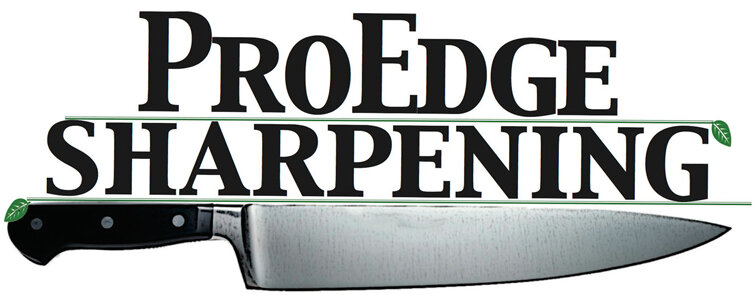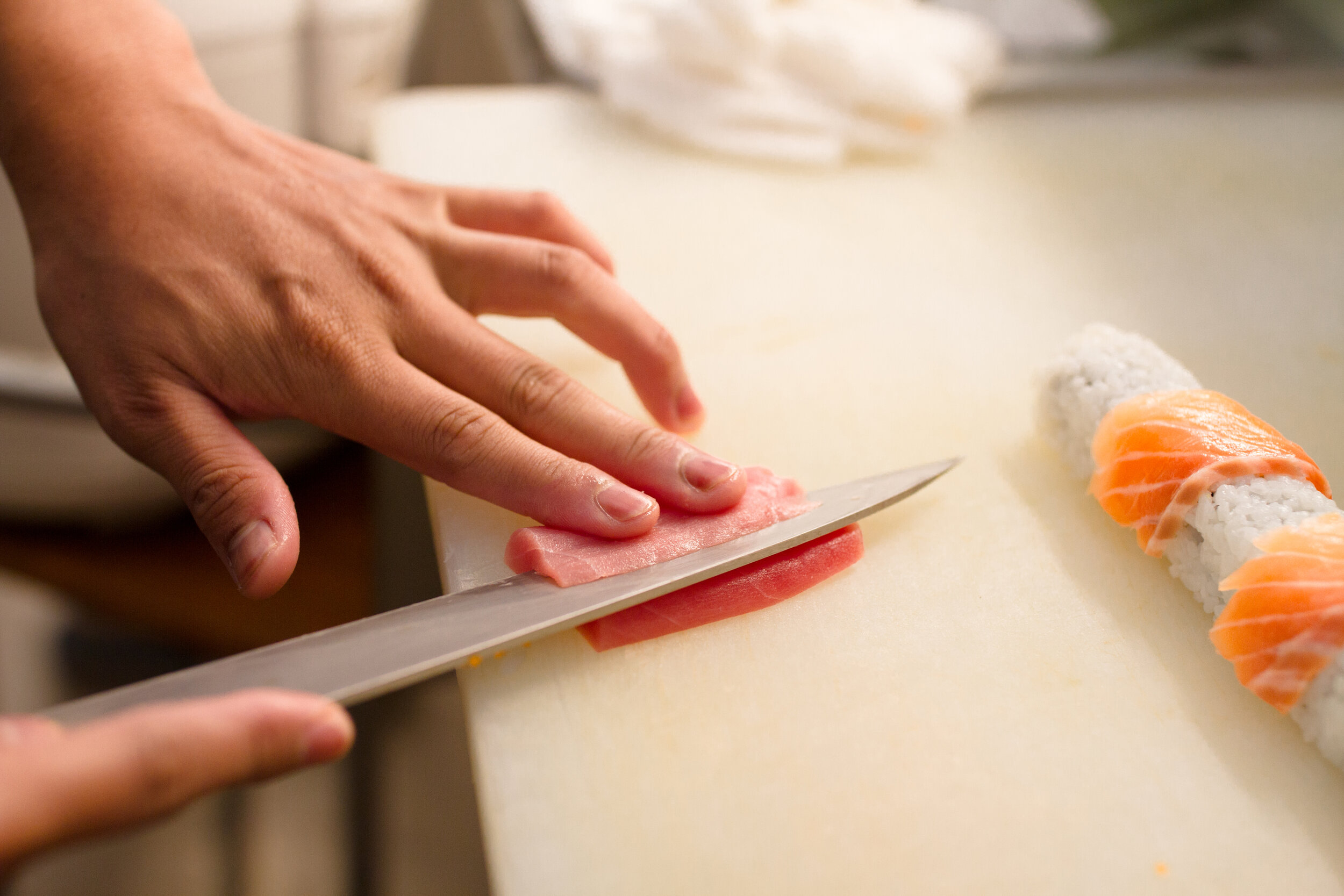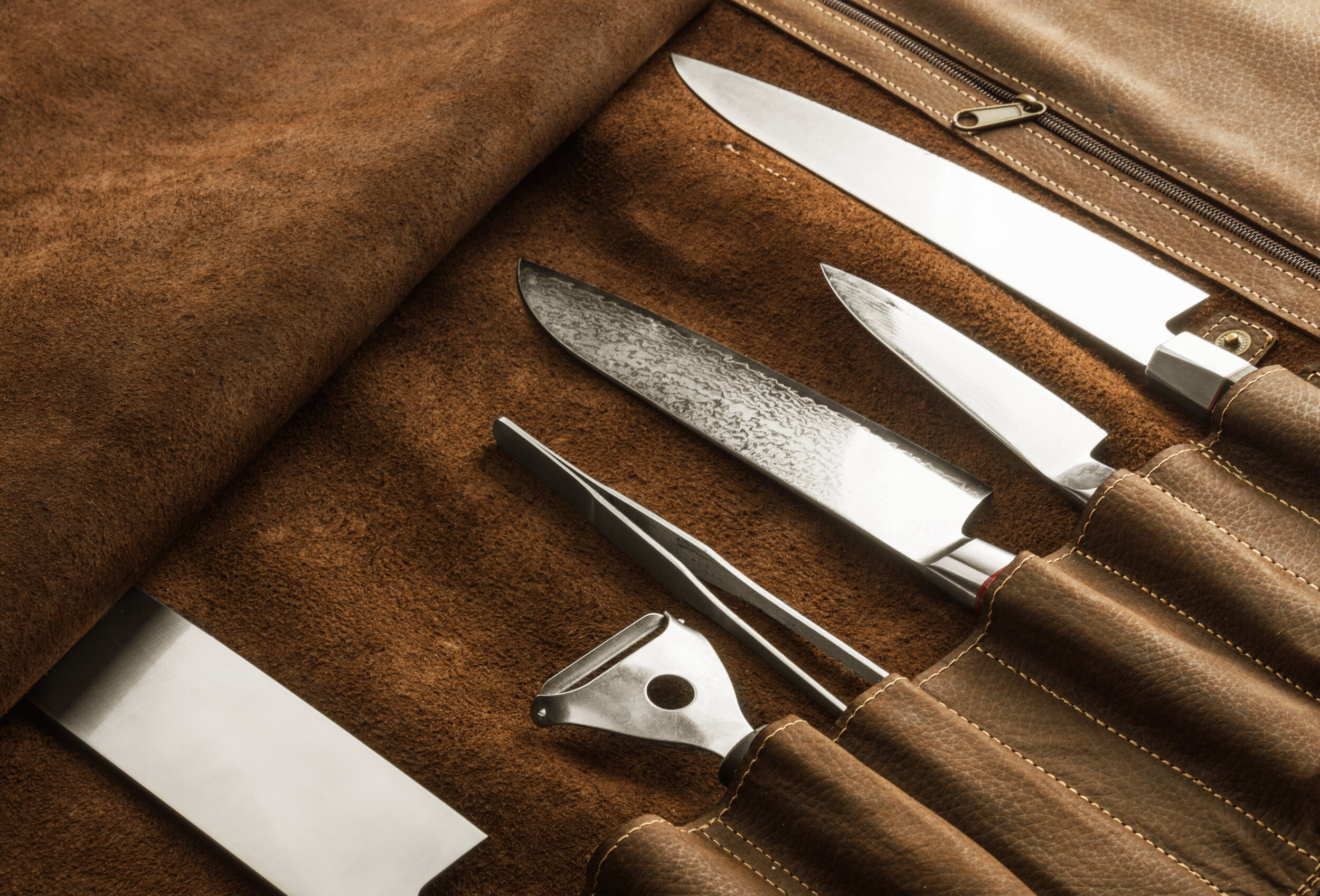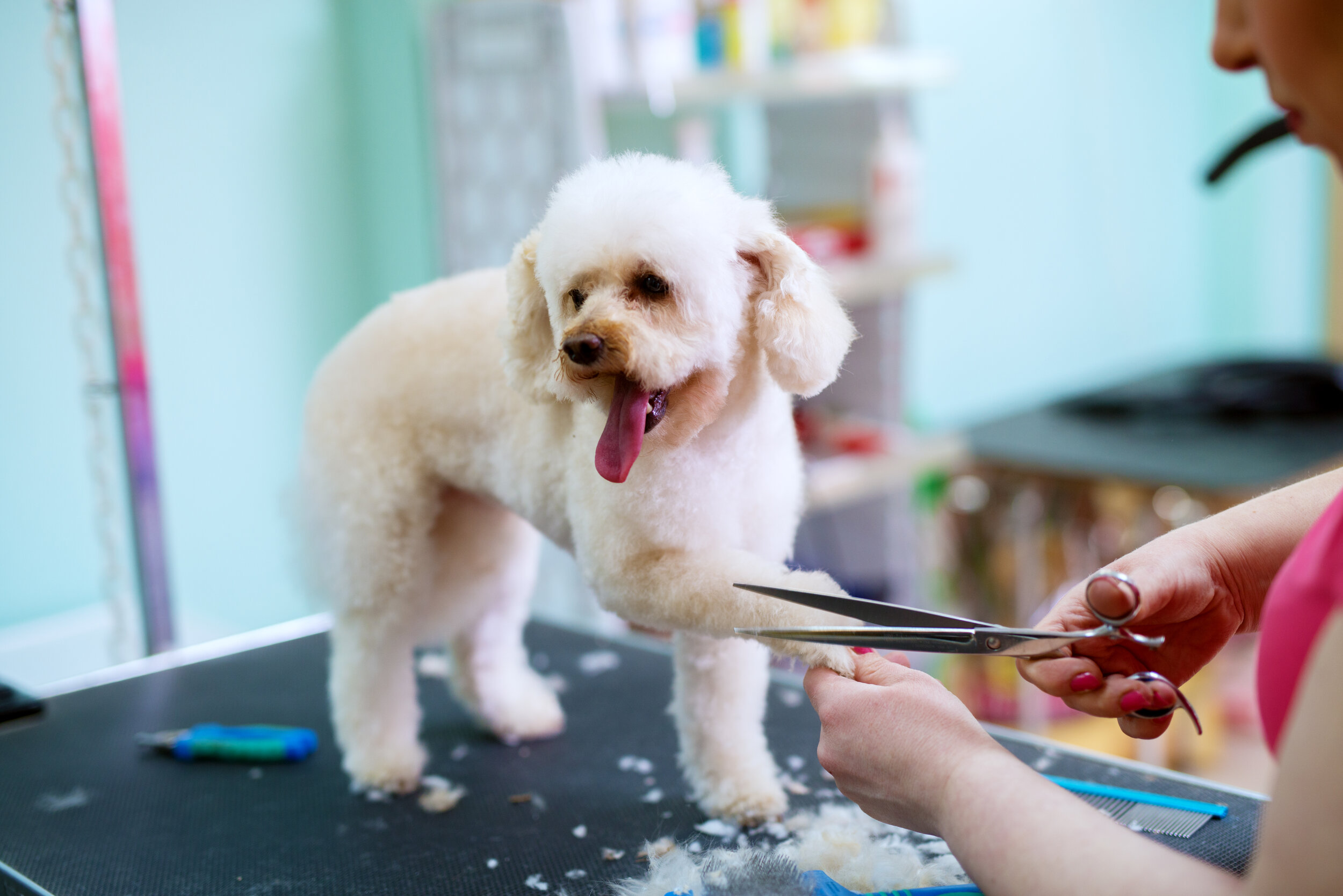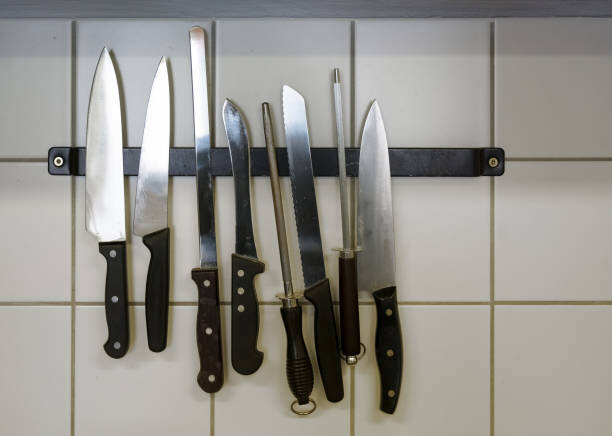Sharp Tips From ProEdge Sharpening
Keeping Knives Sharp
Do not cut on hard surfaces, granite, marble, porcelain, ceramic, glass or metal surfaces with your knives. Straight-edged knives will become dull quickly if used to cut on hard materials. Never use your knives as a screwdriver. We recommend you hand-wash your knives. Avoid using the dishwasher; the jostling around can damage the edge, along with the corrosive properties of dishwasher detergent. Use a soft cloth, hot water, and soap. Dry them thoroughly after washing. Store knives in a knife block, on magnetic knife strips, or in knife guards. This will help to maintain the edge.
How to Tell if Your Knife Is Sharp
There is a very simple test to see if knives need to be honed or sharpened, the paper test. Hold a sheet of paper by one end and drag your knife, from heel to tip, across it. If the knife snags or fails to cut the paper, it needs to be honed or sharpened. Try honing first. If the knife still fails the test, it needs sharpening.
Sharpening your knives
Knives with straight edges (e.g. Paring, French Chef, Boning, Cleavers, Japanese Single Bevel) require daily light steeling (see below), and frequent honing and/or sharpening to maintain optimum performance. Any sharpening steel, stone, or other sharpening device may be used. We recommend that you take the time to maintain the edge weekly, or as soon as you notice the knife beginning to dull. When you are unable to “bring back” the cutting edge, bring, or send these knives to ProEdge for sharpening.
Sharpening your knives
Serrated Knives have a concave grind. They are designed to stay sharp for many months under normal household use. When they do need sharpening, do not use any household sharpener; we will re-serrate them for you.
